Facial care for dark skin requires an expert approach that goes far beyond standard protocols. With nearly 25% of the Swiss population belonging to diverse backgrounds, it is crucial that the beauty industry understands and responds to the unique needs of dark skin. The specific characteristics of dark skin include a denser dermal structure, increased melanin production, and a specific inflammatory reactivity that radically transform the approach to skincare. Too long neglected by the European cosmetics industry, dark and mixed-race skin deserves personalized protocols that respect its unique physiology while effectively addressing its aesthetic concerns. Let's explore these fascinating specificities and the tailored solutions to reveal its full natural beauty.
Unique physiological characteristics of dark skin
distinctive dermal and epidermal structure
Black skin has a remarkably different structure than Caucasian skin. The dermis, up to 20% thicker, contains denser and more organized collagen fibers, explaining the later skin aging observed in people with dark skin. This greater dermal density provides natural resistance to deep wrinkles, with signs of aging generally appearing 10 to 15 years later than on lighter skin.
The stratum corneum, although containing the same number of cell layers, exhibits stronger intercellular cohesion. This characteristic offers better protection against external aggressions but can paradoxically lead to more pronounced visible desquamation in cases of dryness, creating the ashy appearance characteristic of dehydrated Black skin.
Melanin production and implications
The melanocytes in dark skin are not more numerous but considerably more active, producing larger melanosomes that are individually dispersed within keratinocytes. This melanocyte hyperactivity explains the propensity for post-inflammatory hyperpigmentation in dark skin , where even the slightest skin irritation can leave persistent marks for months or even years.
Melanin provides natural sun protection equivalent to SPF 13 for skin types VI, but this protection remains insufficient against long UVA rays, which are responsible for photoaging and melasma. Contrary to popular belief, dark skin absolutely requires appropriate daily sun protection.
Barrier function and paradoxical hydration
For mixed-race skin, aesthetic treatments must take into account a fascinating paradox: despite sebum production generally being 70% higher in the T-zone, darker skin often exhibits marked dryness on the cheeks and body. This disparity is explained by increased transepidermal water loss (TEWL) and a different ceramide content in the stratum corneum.
The larger, more active sebaceous glands produce sebum richer in squalene and waxes, giving the skin a characteristic shine but also increasing its susceptibility to blackheads and acne . This excess sebum requires specific formulations that regulate without drying.
Common and specific skin problems

Post-inflammatory hyperpigmentation: the number one enemy
Post-inflammatory hyperpigmentation (PIH) is the primary cosmetic concern for people with dark skin, affecting up to 65% of individuals with skin phototypes IV-VI, according to a study published in the Journal of the American Academy of Dermatology. Every acne breakout, insect bite, or minor injury can leave a persistent brown spot, transforming a temporary problem into a lasting mark.
The inflammatory process excessively stimulates already overactive melanocytes, creating deep melanin deposits that are difficult to remove. The spots can range from light brown to deep black depending on the intensity of the initial inflammation and the depth of the pigment deposits.
Melasma and pregnancy mask
Melasma primarily affects women with dark skin, with a prevalence of up to 40% in Latin American women and 30% in women of African or Asian descent. These symmetrical pigmented patches, exacerbated by hormones and sun exposure, represent a major therapeutic challenge requiring a multifactorial approach.
Triggers include pregnancy (chloasma), oral contraceptives, as well as stress and certain photosensitizing perfumed cosmetics. Melasma in darker skin tones tends to be deeper (dermal) and therefore more resistant to conventional topical treatments.
Specific acne and complications
Acne in dark skin has distinctive characteristics: a predominance of inflammatory lesions (papules, pustules) over retention lesions, a preferential location on the cheeks and chin, and a marked tendency towards residual pigmented macules. Comedones, when present, are often camouflaged by natural pigmentation, delaying diagnosis and treatment.
Folliculitis barbae (pseudofolliculitis barbae) affects up to 60% of Black men, caused by the transcutaneous penetration of shaved, curly hairs. This chronic inflammatory condition generates papules, pustules, and hyperpigmentation, often requiring the cessation of mechanical shaving.
Dermatoses specific to black skin
Some conditions are almost exclusive to dark skin. Black papular dermatosis (BPD) manifests as multiple small, benign but unsightly brownish papules on the face and neck. Keloids, exuberant hypertrophic scars, occur 15 times more frequently in people of African descent, complicating any skin procedure.
Periorbital hyperpigmentation (dark circles) is a major concern, often genetic in origin and exacerbated by fatigue and allergies. Its management requires specialized protocols combining depigmenting agents and microcirculation stimulation.
Optimal daily routine for black and mixed-race skin

Cleaning: gentle and effective
Cleansing twice daily remains essential but must avoid excessive drying. Foaming cleansers with a neutral pH (5.5-6.5) containing mild surfactants (cocamidopropyl betaine, sodium cocoyl isethionate) preserve the hydrolipidic film while effectively removing sebum and impurities.
Micellar water enriched with soothing agents (allantoin, bisabolol) is ideal for removing makeup from sensitive skin. The Asian double cleansing method—a cleansing oil followed by a foaming gel—is remarkably well-suited to oily skin without compromising hydration.
Key ingredients for dark skin
Niacinamide (vitamin B3) at 4-10% is the key active ingredient: anti-inflammatory, sebum-regulating, depigmenting, and skin barrier-strengthening. Its excellent tolerability makes it an ideal choice for all types of dark and mixed-race skin.
Azelaic acid (10-20%) offers a triple action: antibacterial, anti-inflammatory, and depigmenting, without the risk of paradoxical hyperpigmentation. It simultaneously treats acne and blemishes, making it ideal for multi-problem skin.
Gentle AHAs (5-10% lactic acid, 10-15% mandelic acid) gently exfoliate without excessive irritation. Their higher molecular weight limits penetration, reducing the risk of inflammation while improving texture and radiance.
Sun protection: non-negotiable
Contrary to popular belief, daily sun protection remains essential for optimal skincare for mixed-race skin . A minimum SPF of 30, with broad-spectrum UVA/UVB protection, helps prevent melasma and hyperpigmentation. Tinted or transparent formulas avoid the unsightly white cast of traditional mineral sunscreens.
The new organic filters (Tinosorb S, Tinosorb M, Uvinul A Plus) offer optimal protection without visible residue. Generous application (2 mg/cm²) and reapplication every 2 hours during sun exposure remain essential.
Professional treatments tailored to your needs in a spa
Safe deep cleaning
SSSKIN's deep cleansing treatments are specifically formulated for dark skin. Gentle manual extraction, preceded by a steam treatment enriched with soothing essences, removes blackheads without excessive trauma. The systematic use of magnifying glasses allows for the differentiation of true blackheads from normal hair follicles, which are more visible on dark skin.
Post-extraction facial lymphatic drainage reduces inflammation and prevents reactive hyperpigmentation. Immediate application of anti-inflammatory serums (centella asiatica, licorice) soothes and protects the fragile skin.
Suitable chemical peels
Superficial peels remain the safest option for skin types IV-VI. Mandelic acid (30-40%), with its large molecule and antibacterial action, effectively treats acne and hyperpigmentation without risk. Lactic acid (20-30%) hydrates while exfoliating, making it ideal for dry and dull skin.
Combination peels using several low-concentration acids (modified Jessner protocol) maximize efficacy while minimizing irritation. Preparing the skin 2-4 weeks prior with depigmenting agents (hydroquinone 2-4%, kojic acid) optimizes results and prevents post-inflammatory hyperpigmentation.
Secure laser technologies
The 1064nm Nd:YAG laser remains the gold standard for dark skin. Its long wavelength penetrates deeply without being absorbed by epidermal melanin, effectively treating folliculitis, rejuvenating the skin, and removing hair without risk of burns or depigmentation.
Intense pulsed light (IPL) requires extreme caution on dark skin. Only recent devices with specific filters and skin cooling should be used, and exclusively by experienced practitioners. Preservative settings and preliminary tests remain mandatory.
SSSKIN's expertise for black and mixed-race skin
Specialized training and experience
Our team at our Swiss aesthetic institute specializing in dark skin undergoes ongoing training specifically tailored to dark phototypes. This in-depth expertise allows us to precisely identify the unique needs of each individual's skin and adapt our treatment protocols accordingly.
We have an extensive photo library documenting the evolution of various conditions on dark skin, allowing for objective monitoring and continuous personalization of treatments. This database, enriched over many years, guides our therapeutic decisions.
Dedicated equipment and products
Our investment in technologies adapted to dark skin demonstrates our commitment. Latest generation Nd:YAG lasers, specific peels, dedicated cosmeceutical ranges: each element is selected for its safety and proven effectiveness on high phototypes.
Discover our current offers including personalized consultations and tailor-made protocols for black and mixed-race skin, with suitable products offered.
Essential precautions and mistakes to avoid
Risky treatments for dark skin
Some popular treatments pose significant risks for dark skin. Deep peels (TCA >35%, phenol) carry a high risk of causing permanent hypopigmentation or severe hyperpigmentation. Ablative lasers (CO2, Erbium) require exceptional expertise and strict precautions.
Mechanical dermabrasion and liquid nitrogen cryotherapy are strongly discouraged due to the high risk of pigmentary complications. Even treatments considered safe require adjustments: microneedling with shorter needles, radiofrequency with reduced temperatures.
Problematic cosmetic products
Hydroquinone, while effective, requires close monitoring to avoid exogenous ochronosis (irreversible paradoxical darkening). Potent retinoids (tretinoin >0.05%) can cause excessive irritation leading to hyperpigmentation. Illegal skin lighteners (mercury, potent corticosteroids) cause irreversible damage.
Photosensitizing perfumes and essential oils (bergamot, lemon) can cause persistent spots. Abrasive scrubs unnecessarily traumatize already sensitive skin. Careful attention should be paid to choosing cosmetics.
FAQ: Your questions about black and mixed-race skin
What are the main differences between black skin and light skin?
Black skin has a thicker dermis with denser collagen fibers, more active melanocytes producing more melanin, 70% more sebum production in the T-zone, and increased transepidermal water loss despite a more cohesive stratum corneum. These structural differences explain the later aging process as well as the increased propensity for hyperpigmentation and keloids. Natural sun protection (SPF 13) remains insufficient against UVA rays, which are responsible for melasma.
Is dark skin more prone to hyperpigmentation?
Yes, significantly more. Overactive melanocytes react excessively to any inflammation, leaving persistent spots after acne, injuries, or irritations. Post-inflammatory hyperpigmentation affects 65% of skin types IV-VI compared to 10% of skin types I-II. These spots can persist for 6-24 months without treatment. Prevention through gentle, anti-inflammatory skincare remains essential, as does early treatment of acne lesions.
Which cosmetic treatments are safe for dark skin?
Safe treatments include: superficial peels with mandelic or lactic acid, microneedling with short needles (0.5-1 mm), 1064 nm Nd:YAG laser, LED therapy, hydrating and oxygenating treatments, lymphatic drainage, and massage. Gentle manual extractions, soothing masks, and mesotherapy with depigmenting agents are also suitable. The key lies in the practitioner's expertise and the adaptation of standard protocols, according to a study by Wiley Online Library .
Are chemical peels suitable for black or mixed-race skin?
Properly selected superficial peels are ideal. Mandelic acid (30-40%), lactic acid (20-30%), and gentle combinations offer excellent, risk-free results. Skin preparation 2-4 weeks prior with depigmenting agents and strict post-peel sun protection remain crucial. Medium peels require specialized expertise, and deep peels are generally not recommended. Gradual application and patience ensure optimal results.
What type of laser is recommended for dark skin?
The 1064nm Nd:YAG laser remains the safest and most effective for skin types IV-VI. Its wavelength penetrates deeply without excessive interaction with epidermal melanin. It effectively treats: permanent hair removal, skin rejuvenation, folliculitis, and certain deep pigment spots. Non-ablative fractional lasers (1540nm, 1927nm) are suitable with appropriate settings. Q-switched lasers for treating spots require great caution. IPL and ablative lasers remain very risky without specific expertise.
Conclusion: Celebrate the unique beauty of your skin
The unique characteristics of Black and mixed-race skin are not obstacles but rather unique features requiring an expert and personalized approach. The high melanin content, superior dermal density, and natural resilience of these skin types offer considerable advantages when skincare is tailored to them. Understanding and respecting these specificities allows for the effective treatment of aesthetic concerns while preserving skin integrity.
Your skin deserves expertise that understands and celebrates its uniqueness. Book an appointment today at SSSKIN to benefit from our specialized expertise in Black and mixed-race skin.
Take advantage of our exceptional offers, including personalized diagnosis and tailored initial treatments. Our experts are ready to reveal your skin's full beauty with safe and effective protocols. Book now and discover the difference of truly personalized skincare!

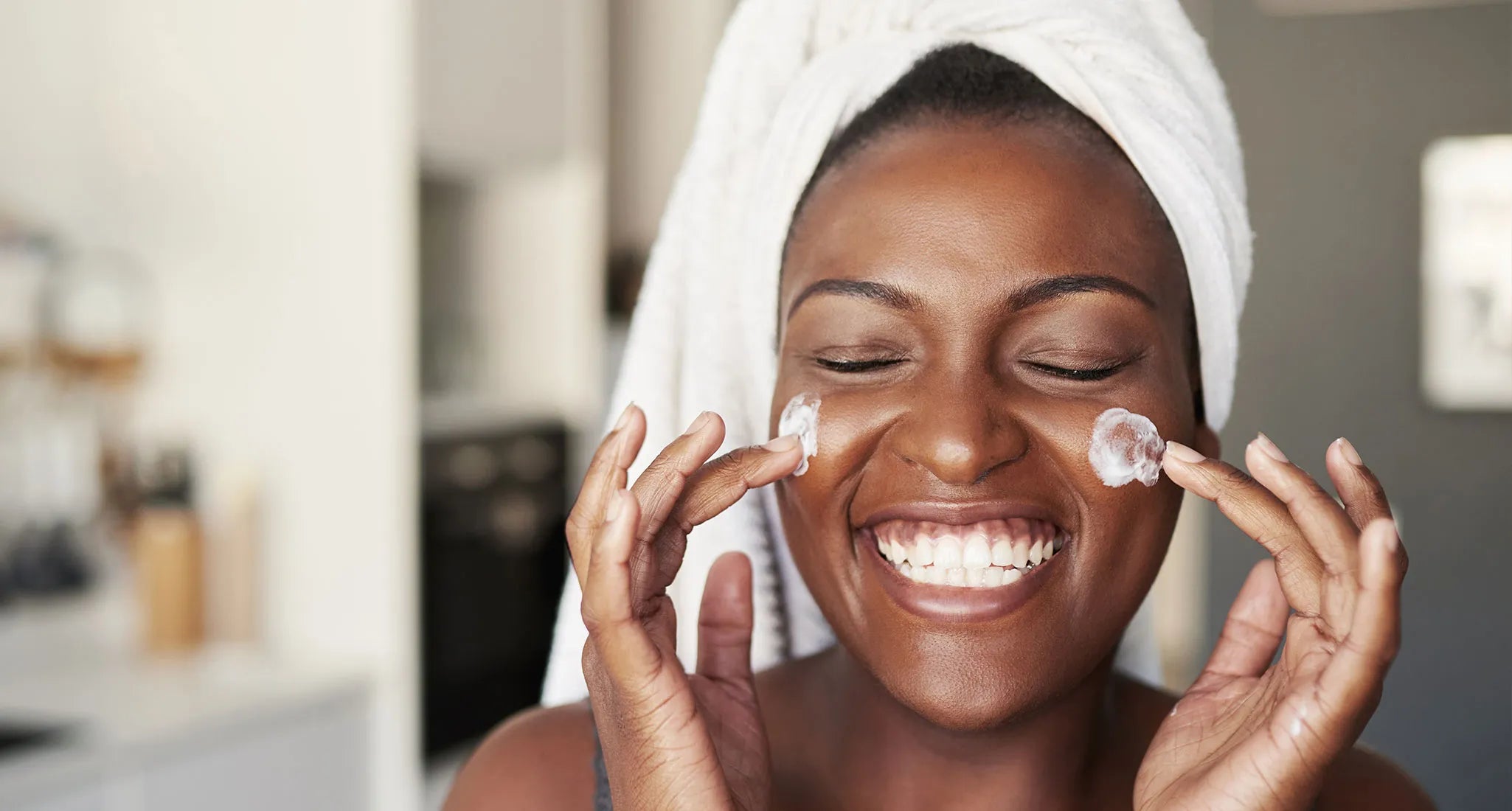


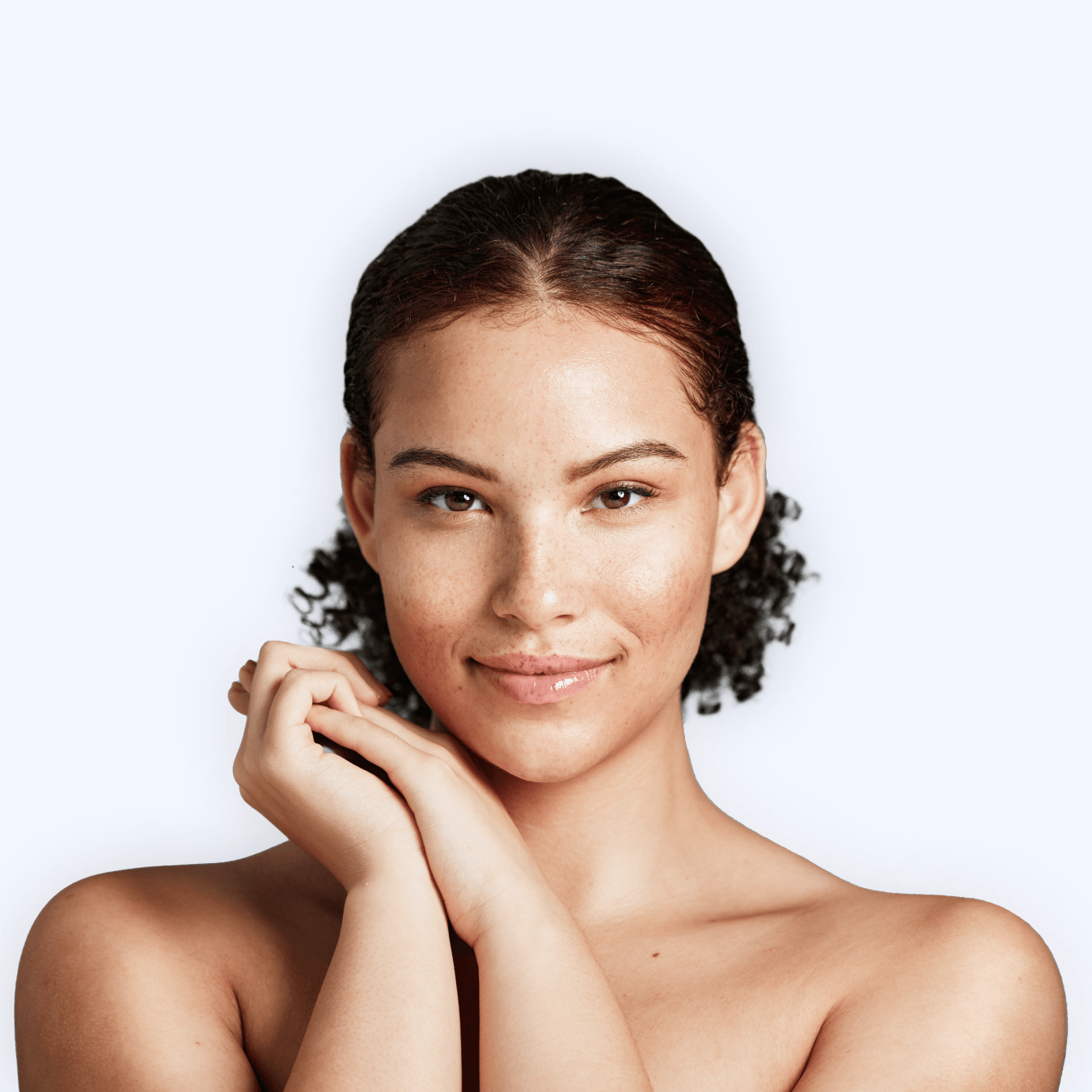

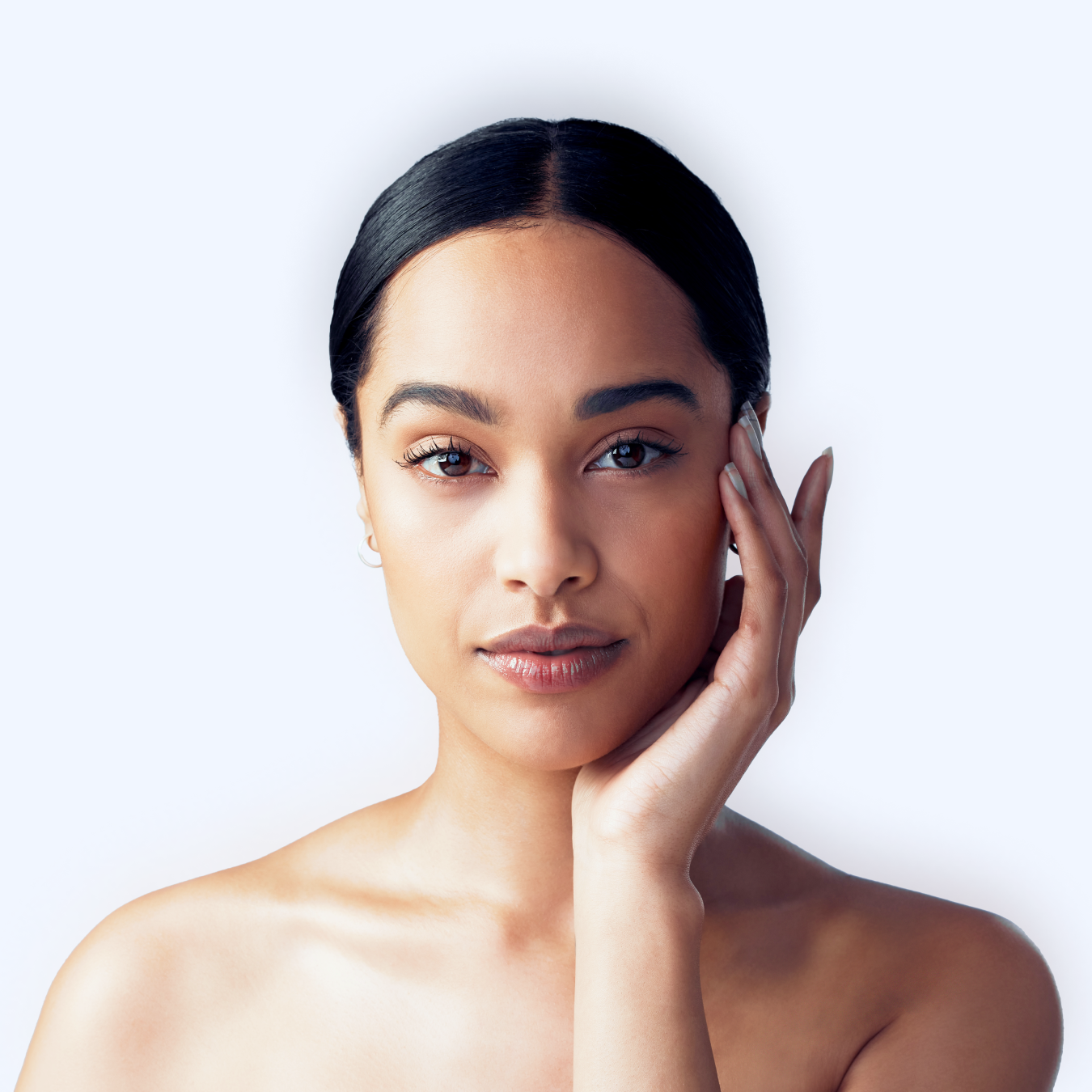



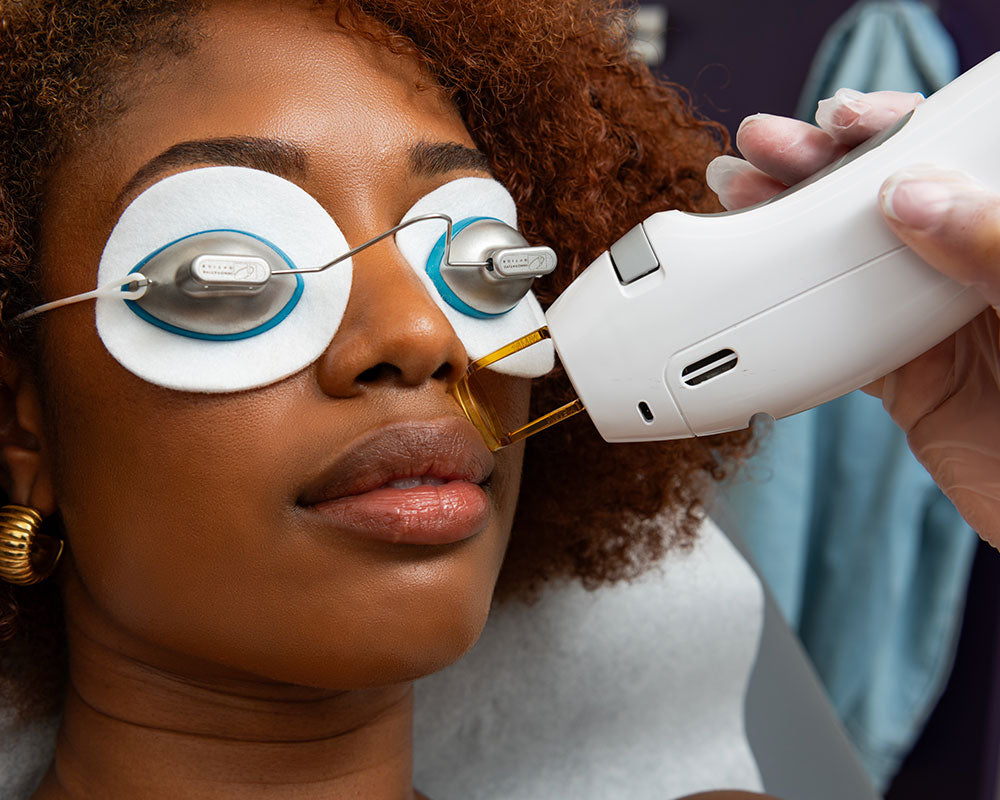
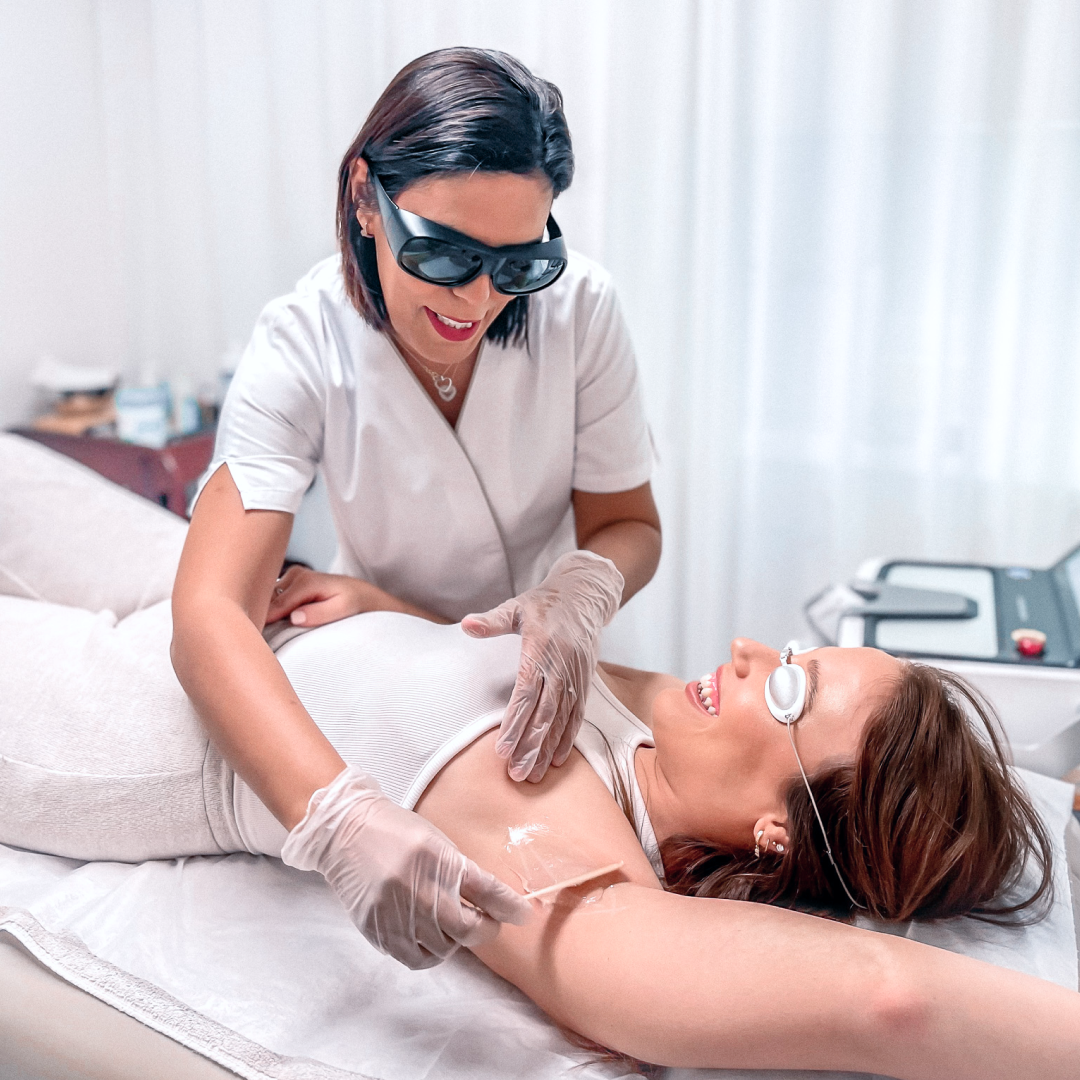
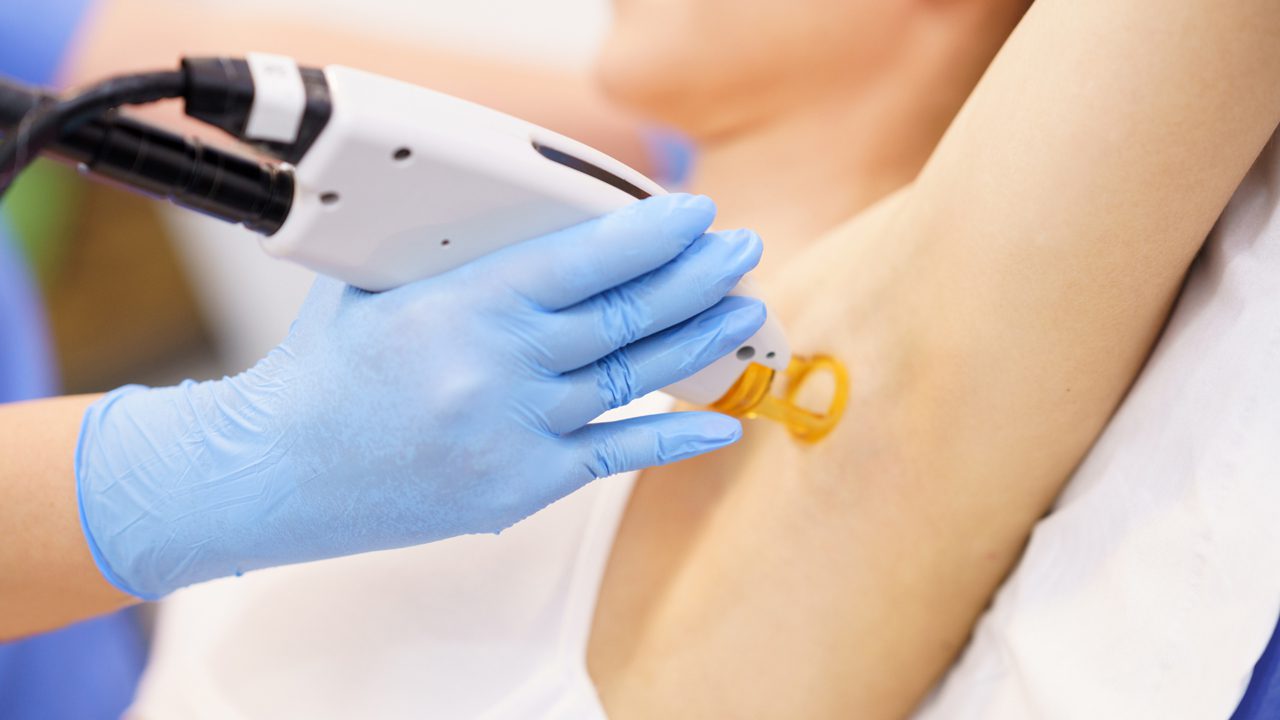
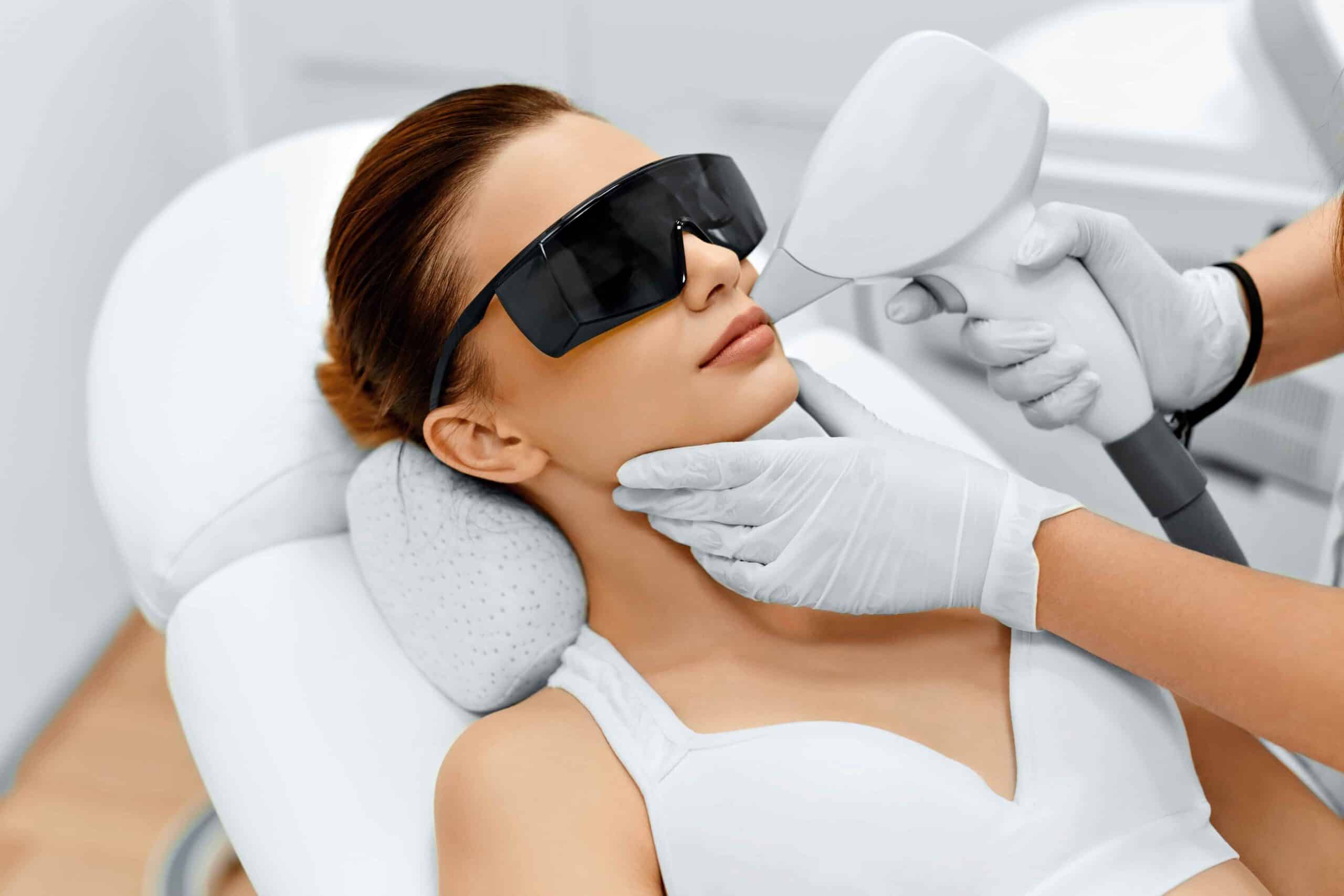
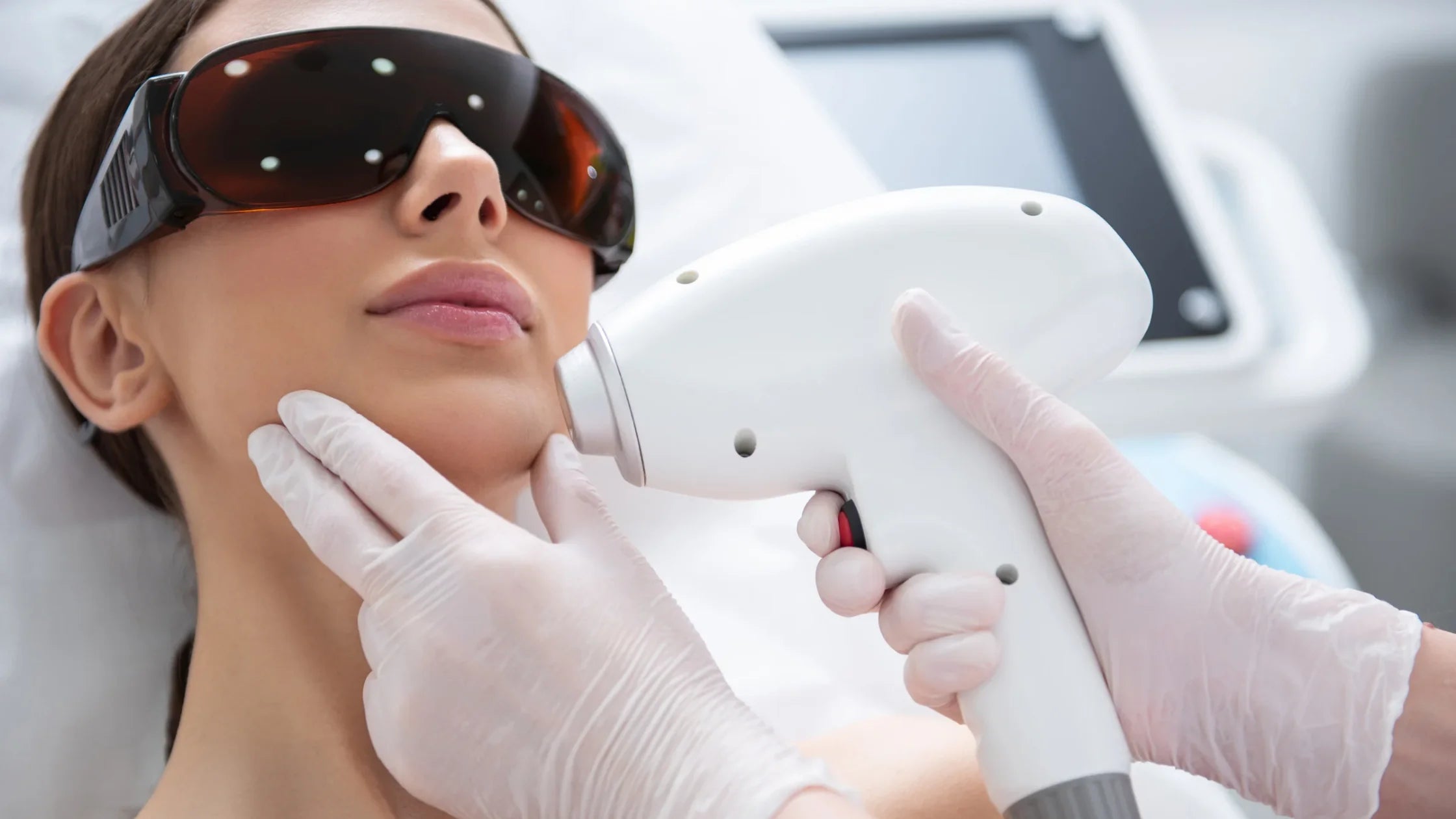

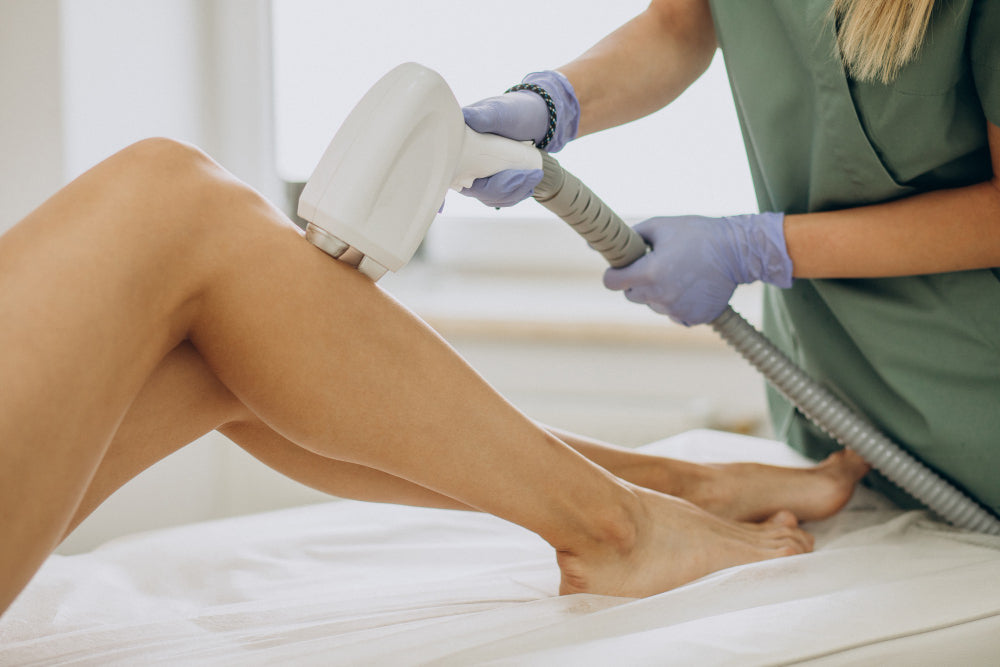

Share: